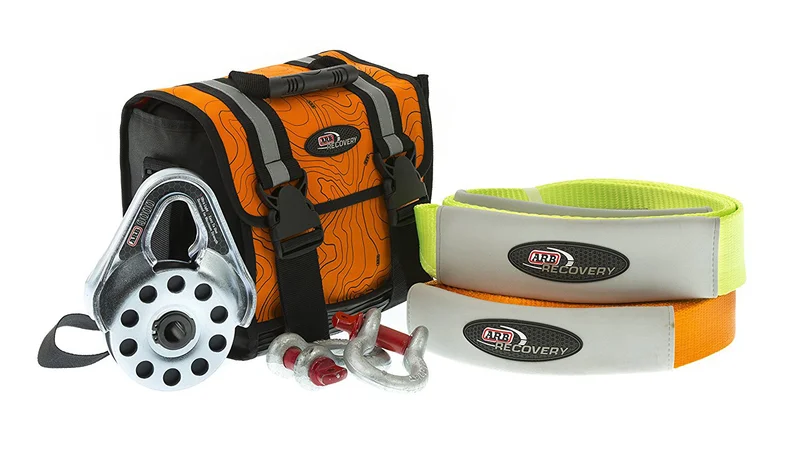Riding an ATV or UTV offers thrilling experiences, but ensuring your safety with the right protective equipment is crucial. Off-roading can be unpredictable, and without proper ATV safety gear, the risks can outweigh the excitement. Whether you’re exploring new terrains on a sharmax vehicle or any other model, investing in the right gear is essential for both comfort and safety. This article explores the essential protective gear every off-roading enthusiast should consider, highlighting key items that enhance both comfort and safety.
Key Elements of Protective Gear
The most critical piece of protective gear for ATVs is the helmet. A helmet protects your head from impacts and is a non-negotiable safety item. For ATV riders, a motocross helmet with a closed chin bar and visor is recommended. Riders of UTVs might opt for open-face helmets, especially in models with built-in roll cages.
A protective suit is equally important. It shields riders from the sun, rain, wind, and even branches that might whip at your legs during a ride. In colder weather, specialized UTV protective equipment can provide additional insulation. For added protection, a chest and spine protector, often called a “turtle shell,” can be a lifesaver. This gear can prevent serious injuries if the vehicle flips over, which is especially important given the heavy weight of ATVs.
Gloves and specialized footwear are also essential. At high speeds, your hands and feet can get cold quickly, so insulated gloves and boots are crucial in colder months. In summer, ventilated gloves and boots ensure your comfort. Don’t forget about small yet vital items like goggles, knee pads, elbow pads, and thermal underwear for winter rides.
Key Requirements for Off-Roading Gear
The primary requirement for off-roading safety gear is that it must be fit for purpose—providing reliable protection while being comfortable to wear.
Helmet: Modern helmets are designed with effective ventilation systems, making them suitable for both hot and cold weather. Whether it’s a full-face, modular, motocross, or open-face helmet, the best choice for ATV riders is a full-face motocross helmet that covers the entire face. Newer helmet models are lighter and more comfortable, like the XP-R2 carbon helmet by BRP, which weighs just 1200 grams.
Goggles: An often-overlooked but crucial part of your off-roading safety tips is to invest in good quality goggles. At high speeds, even a small insect can cause significant discomfort, not to mention dust, water droplets, branches, and small stones. Everyday sunglasses won’t cut it—they don’t fit snugly to your helmet and can easily come off. Proper ATV goggles should have seals and non-slip silicone straps, with lenses made from advanced optical plastics and an anti-fog coating for winter use.
Suit: Your riding suit should consist of pants and a long-sleeve jacket or a jumpsuit. A summer suit should protect you from wind and moisture, while a winter suit needs to keep you warm. Winter suits are completely waterproof, with ventilation provided by special membrane inserts on the back and underarms. These suits are made from lightweight, durable, windproof, and waterproof fabrics that are easy to clean. Seams are additionally sealed for waterproofing.
Thermal Underwear: In winter, thermal underwear adds an extra layer of comfort. Membrane technologies used in its creation help maintain a constant temperature and wick away excess moisture, preventing overheating or freezing. When choosing underwear, consider your personal needs. Brands like BRP offer several types of underwear, such as the moisture-wicking Active line for aggressive riding, the lightweight Ultralight line, and the warming Thermal line.
Footwear: Wearing specialized footwear not only enhances safety but also comfort. Good contact between your shoe’s sole and the vehicle’s footrest is essential, so the best choice is high boots that protect your shins and have a ribbed sole. Pay special attention to the fastenings—they should be easy to open and close securely. Fastenings are often a weak point in ATV boots, and cheaper models can break quickly. High-quality boots should have a lining that provides a comfortable temperature and ventilation. One of the most common materials used for this is the Drytex membrane or its equivalents.
Custom-Fit Gear for Everyone
No matter how advanced and high-tech your ATV safety gear is, it won’t be reliable or comfortable if it’s not the right fit. Therefore, each company offers separate suits for men, women, and children.
Women’s UTV protective equipment is usually similar to men’s in terms of materials and technology, but there are distinct differences in design. For example, manufacturers consider that women’s feet are generally narrower, and calves have a different shape. Women’s jumpsuits often have an elastic insert in the chest area and a foldable back section. Additionally, women’s gear frequently features more refined designs.
Children’s protective gear for ATVs differs from adult gear not only in size and weight—though that is the most noticeable difference—as children’s helmets and protective elements are usually lighter. Lightweight gear is crucial for children, as a heavy helmet can quickly tire out their neck muscles. All children’s gear is designed with the child’s size and body structure in mind.
Leading Manufacturers
Many companies are dedicated to the development and production of protective gear for ATVs, with some of the most reputable being Spyke, Alpinestars, BRP, Arai, Bell, ThorMX, Gaerne, Sidi, Xelement, Shoei, TroyLeeDesigns, Ariete, O’Neal, and many more.
Cost Considerations
UTV protective equipment is made using cutting-edge, high-tech materials, so it isn’t cheap. The most expensive item is usually the helmet, with prices starting at around $50 and going up to $700 or more. Jackets can start at $150 for winter models and around $100 for summer ones. Boots for ATV riding start at approximately $60.
In conclusion, investing in the right protective gear for ATVs is crucial not just for your comfort but for your safety as well. Whether you’re riding through the mountains, forests, or swamps, having the appropriate off-roading safety gear can make all the difference in your riding experience.



